How to Nail the Initial Interior Design Consultation
Pros share their tips for mastering this first meeting, including how to prepare, whether to charge and what to cover
The initial interior design consultation is when you meet with potential clients, learn more about their project needs and showcase your value as a home design professional. Once you’re in the door, however, how can you ensure a successful meeting? We spoke with interior designers from around the country who shared their top tips for the initial interior design consultation, including how to prepare, what to discuss and whether you should charge.
What Is an Initial Interior Design Consultation?
Most designers start the design process with a phone call or email, but the initial design consultation is when they’ll likely meet the homeowners for the first time and see the home in person(though it’s not always the case if the designer is working with a remote client.)
Topics covered during the initial consultation often include the project’s scope and the homeowners’ vision for their home. For the designer, it’s an opportunity to showcase previous relevant work, share business practices and discuss billing and fee structure.
“The goal is to gain enough information to give them a proper proposal as well as to educate the client on your process and gain a very deep understanding of the clients’ needs and the scope of work,” Dallas-based interior designer Ginger Curtis of Urbanology Designs says.
The Goals of an Interior Design First Client Meeting
Understand the project’s scope and homeowners’ vision.It’s during this meeting that the homeowners can show their home to the designer and explain what they’d like to accomplish during the renovation. “It is important for us to be able to see the home and for them to share their inspiration for the home as well,” Chicago-based interior designer Gemma Parker says.
Understanding the scope and vision isn’t just about seeing the space and talking to the homeowners. For a designer, it’s also about observing how the homeowners use their space. “I ask them not to clean their house for me,” says interior designer Ann Bridgman, owner of Just the Thing Decorating, Staging and Windows in Southlake, Texas. “This can actually alert me to functional issues in the home I may be able to solve.”
Explain business practices, processes and billing.
“My initial design consultations are less about design and more about scoping the project, explaining the process and answering any questions about my working style or working with a designer in general. Many clients have never worked with a designer before, so this is my opportunity to explain what they can expect,” San Francisco-based interior designer Sabrina Alfin says.
Connect with the homeowners.
Successful remodeling projects often result from harmonious working relationships. While this meeting is when designers can explain their business processes to the client, it’s also a chance for both parties to understand each other on a more personal level. “The most important thing for me is gaining rapport with the client — to be perceptive of what they are saying and what they are not saying,” New Orleans-based interior designer Maureen Stevens says. “Draw them out more if need be and truly listen. Their design is, after all, not about me but about them.”
Curtis echoes this sentiment. “At the end of each consultation, I want to make sure that we each feel we have connected in the right way to encourage a longer-term relationship.”
How Long Does a Design Consultation Last?
Designers we spoke with reported that their initial interior design consultations last between one and two hours, depending on the size and scope of the project. Some set strict time limits for their first meetings, while others said they let the consultations wrap up naturally.
Should You Charge for an Interior Design Consultation?
There is no definitive answer on whether you should charge for a design consultation, but the designers we spoke with offered valuable advice for why they always charge, never charge or sometimes charge.
Pros who charge for a design consultation say it’s a way to show the value of their work and to ensure the client is serious about working with a designer. “I find that people only value what they pay for,” Bridgman says. Designers who charge say they typically offer a flat rate for their design consultation.
Designers who offer a complimentary consultation feel it’s part of the design process and an opportunity to ensure the project and clients are a good fit — without scaring them away. “I believe it’s a cost of doing business, particularly when the goal is to determine equally if the client is a good fit for me as much as it’s about whether I’m a good fit for them,” Alfin says.
Some pros handle charging on a case-by-case basis, sometimes offering complimentary consultations to homeowners who have never worked with a designer before. “The only time I don’t is when a customer is apprehensive about working with an interior designer,” Chico, California-based interior designer Marci Goulart says. “If we do choose to work together, I will add that time into future billable hours.”
Read more pros’ thoughts on whether to charge for interior design consultations.
What to Bring to the First Meeting
The initial design consultation is a mix between an interview and a site visit, so the tools and materials designers bring cover both scenarios.Bring a measuring tape if you plan to take measurements at the home, a notebook for sketches and notes, and a camera (or smartphone) to document the existing spaces.Designers will also bring examples of their past work, often highlighting relevant or similar projects.
While designers generally agree that they won’t cover design specifics at the initial consultation, unless an arrangement has been made ahead of time, some say they will bring swatches and color palette ideas to share.“I always bring fabric and paint samples and various images of spaces and rooms so they can really visualize everything,” Miami-based interior designer Anil Kakar says.“A book of my favorite paint colors waits in the car,” Bridgman says.
How Homeowners Can Prepare
Much of the prep work that goes into a design consultation lies with the designer, but the key to a successful first meeting also depends on the homeowners being prepared. Some designers ask potential clients to fill out a questionnaire, while others send specific questions beforehand.
The following checklist for homeowners to be ready with by the first meeting should help ensure that the project kicks off effectively and efficiently.
- Establish a budget.
- Determine the project’s scope.
- Have inspiration ideas and photos to share.
- Make sure all stakeholders and decision-makers are present.
- Have existing drawings and plans for the house (if possible).
- Have questions ready.
Designers’ Top Tips for Nailing the Initial Interior Design Consultation
- Showcase your value. “You must absolutely exude confidence. Don’t be afraid to show off your knowledge and skill,” Curtis says.
- Embrace your brand. “Set yourself apart by knowing your brand and what it has to offer. Don’t try to be the right designer for every person — truly, not every client is your client,” Austin, Texas-based interior designer Lieve Saether of Turnstyle Design says.
- Adapt to the meeting. “Come fully prepared, do all of your research and just be yourself and go with the flow of the initial design consultation,” Kakar says. “Listening to the client is extremely critical to a very successful consultation. Observe their surroundings and don’t try too hard to convince them of anything.”
- Take advantage of the initial phone call. “Take time to have an in-depth conversation on the phone prior,” Bridgman says. “It is important to get to know each other so the consultation will be successful. Good rapport begins with the initial phone call.”
- Set realistic expectations. “Communication is key,” Parker says. “Make sure to set realistic expectations when it comes to budget and time line. Be clear about your unique business practices.”
- Don’t be afraid to walk away. “I have learned in 30 years of doing this to use my gut,” Goulart says. “If red flags come up, or if it feels like communication with the customer is not flowing well, [I have] to listen to my gut feeling and occasionally walk away.”
Next Steps
Follow up with the potential clients soon after the design consultation. Depending on how the meeting went, they may be ready to proceed with the project. If so, it’s time to send a design proposal for them to sign, which can include the scope of the project, fee structure, projected budget, deliverables, terms and conditions.
Other potential clients may be hesitant to move forward, in which case designers suggest slowing down and checking in before sending a proposal. “Let the client breathe. More often than not, this is a process for a client,” Saether says. “Give them a minute to process, then reach back out and see if they need anything further. Since these are typically larger purchases, don’t forget — they take time.”
Your turn: What are your top tips for having a successful interior design consultation? Share in the Comments.
To continue learning, check out our Guide to Interior Design Proposals complete with a free, downloadable template. If you're ready to take your business to the next level, explore our interior design software or start a 30-day free trial.

Want advice delivered to your inbox?
Unlock industry insights and updates for contractors and design pros
By signing up, I agree to the Houzz Terms of Use and Privacy Policy and that Houzz may use my information to contact me about relevant content, products, and services.

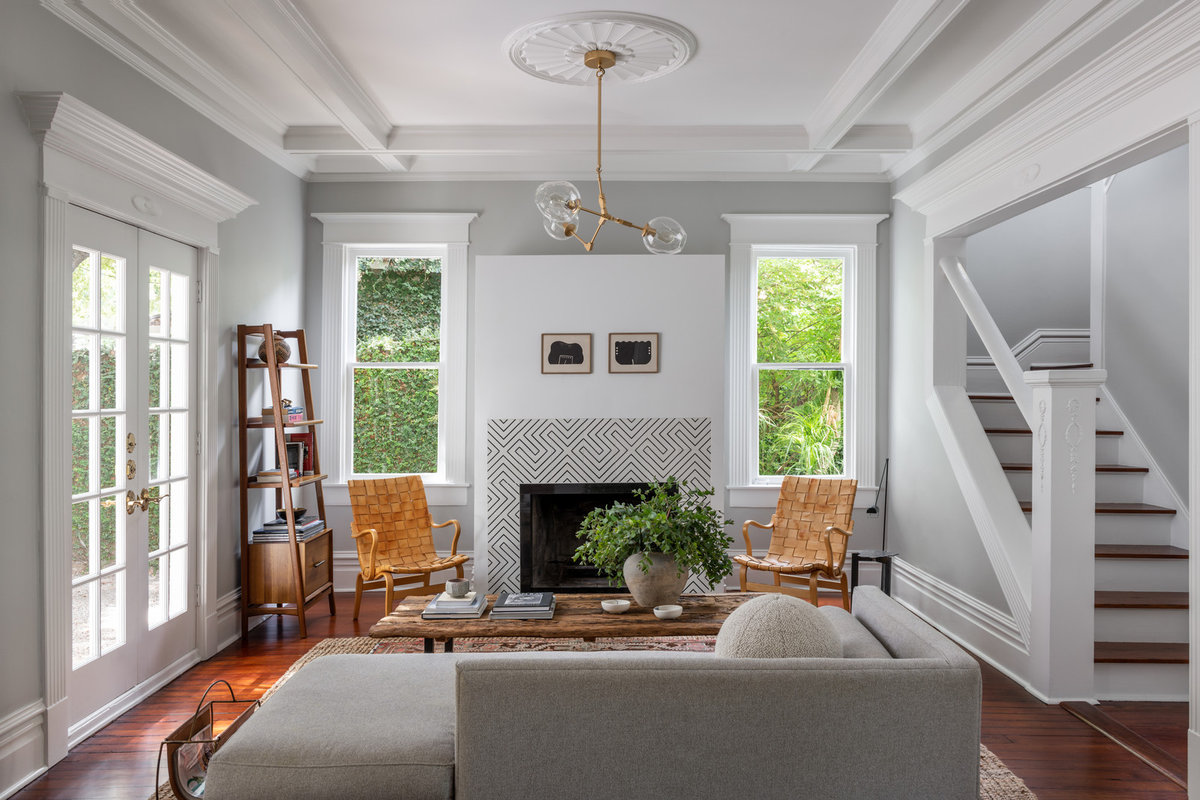

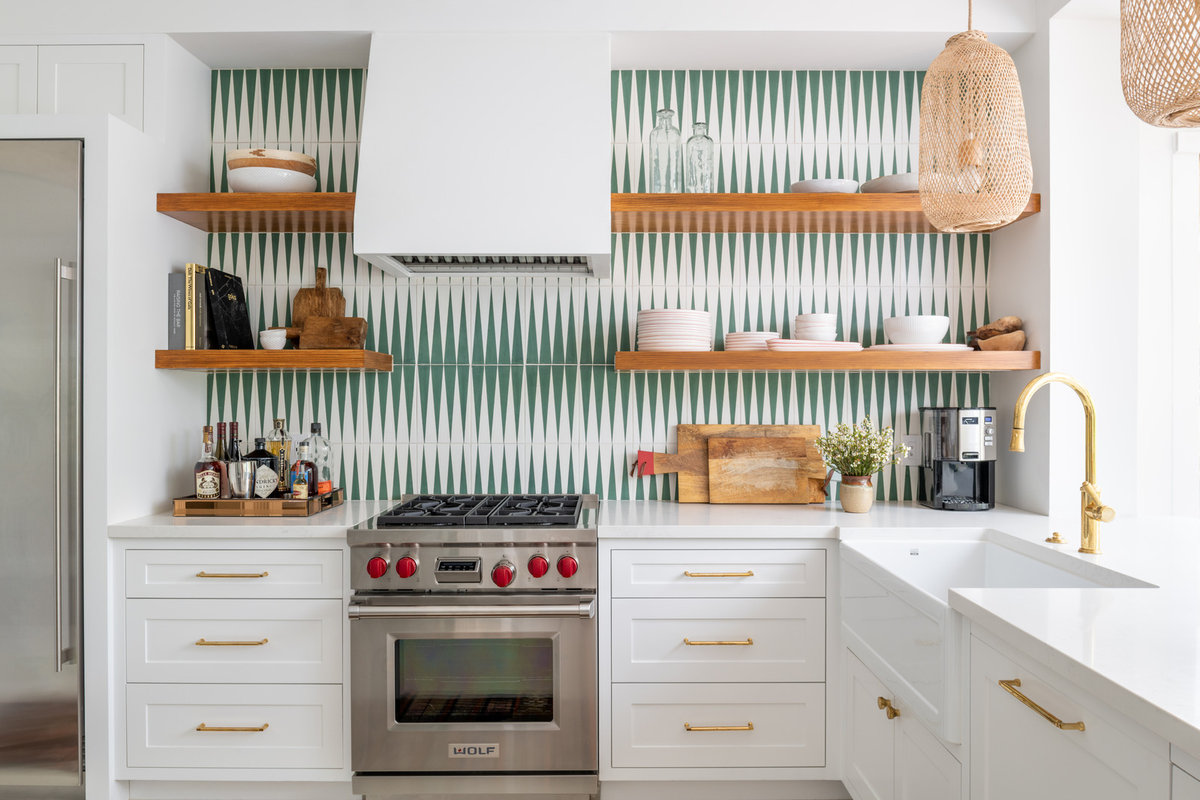
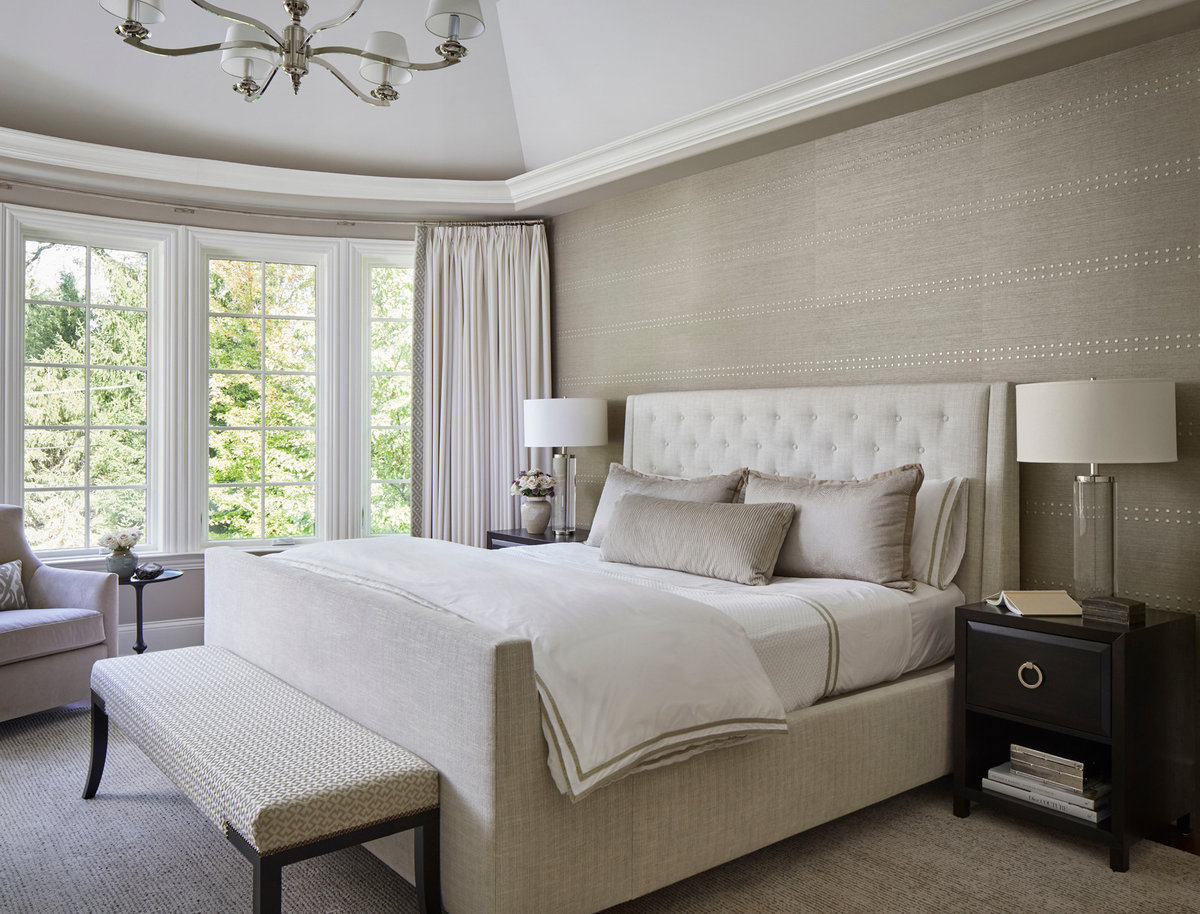
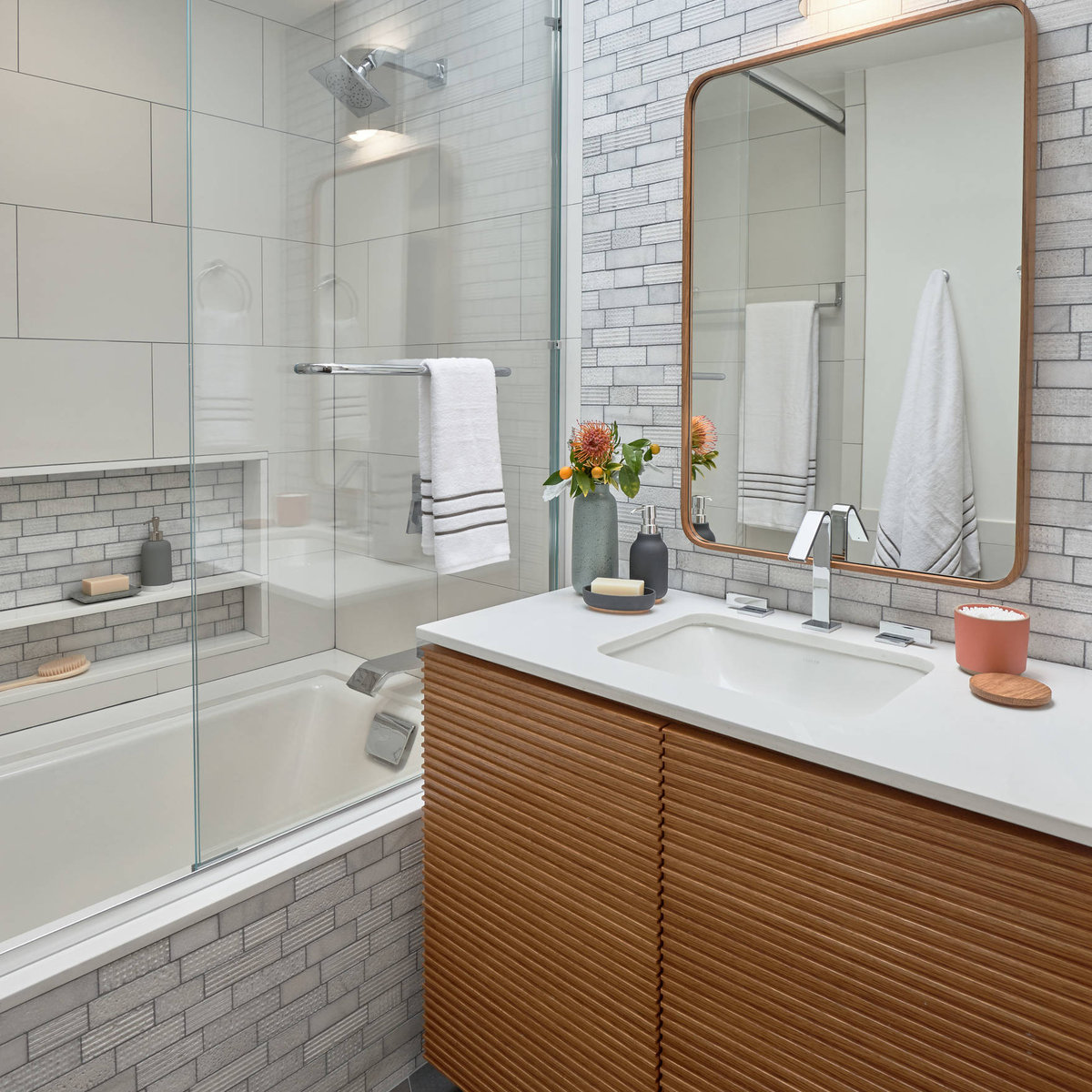
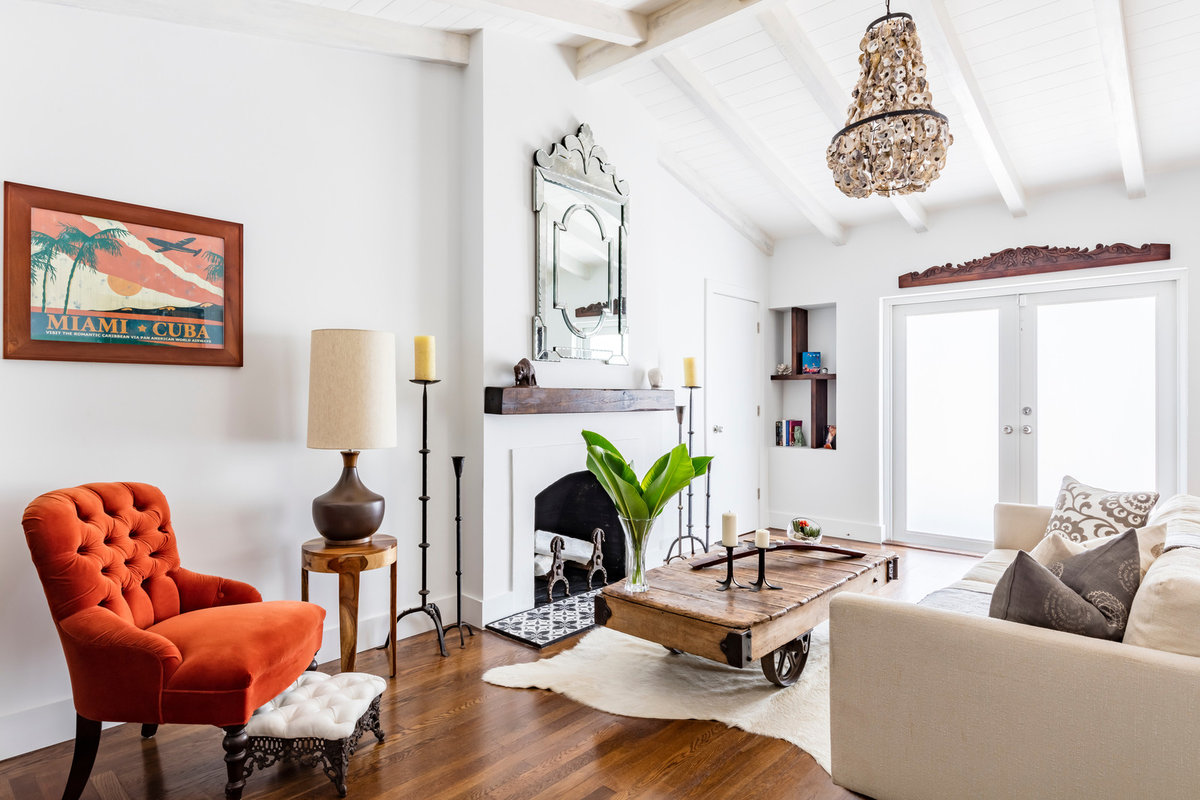
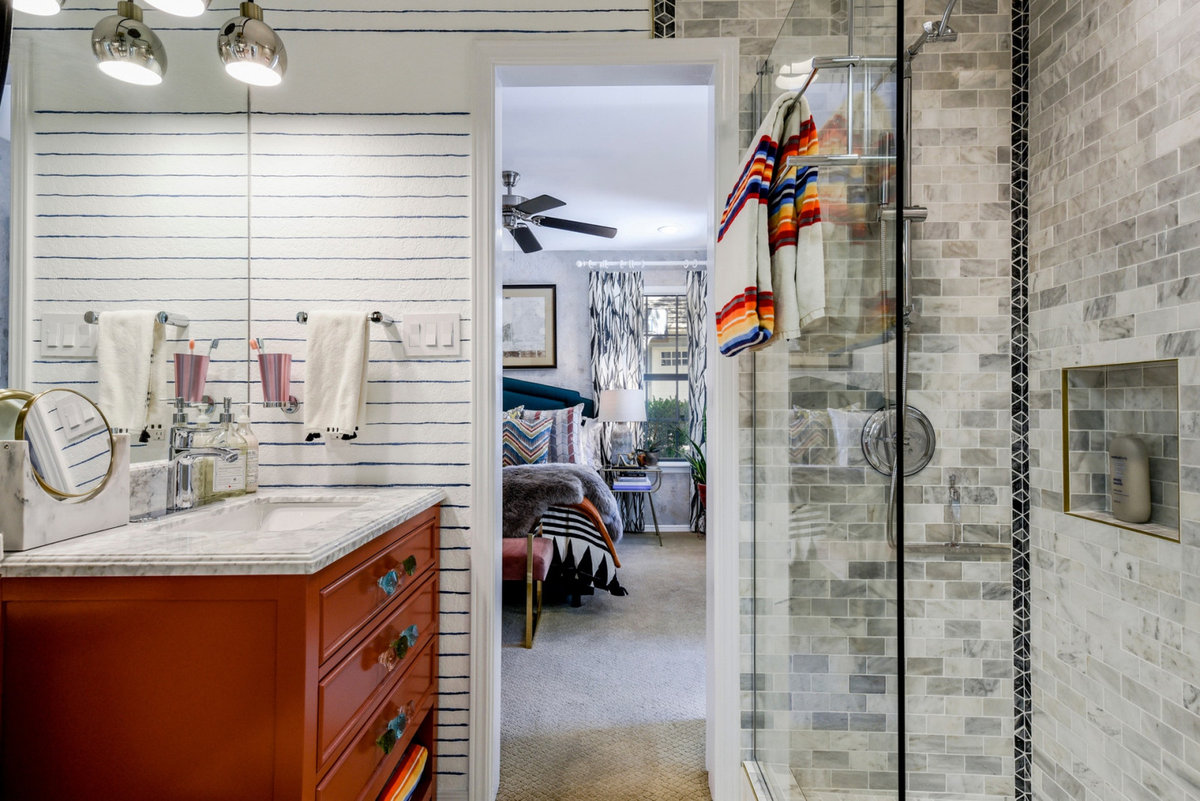
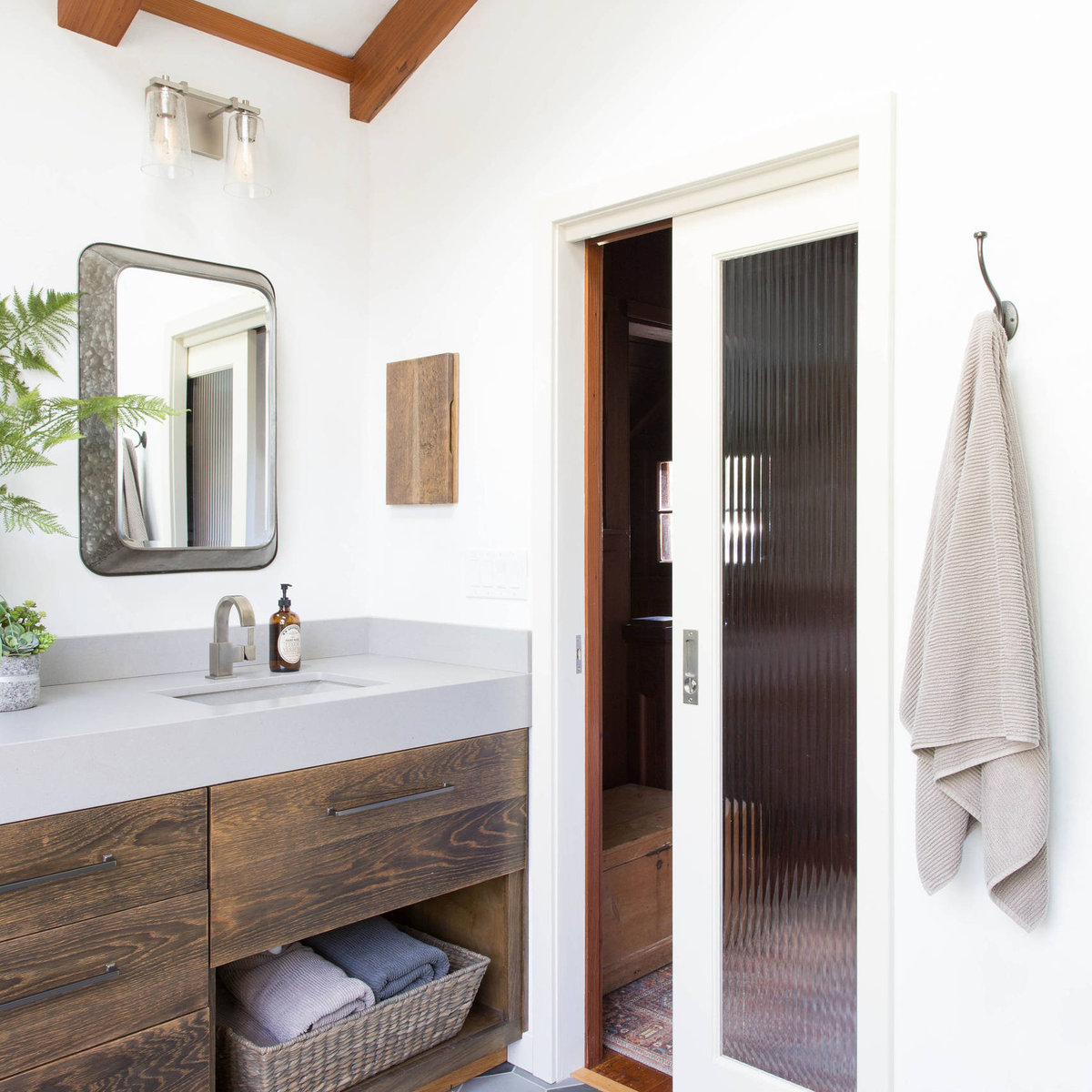
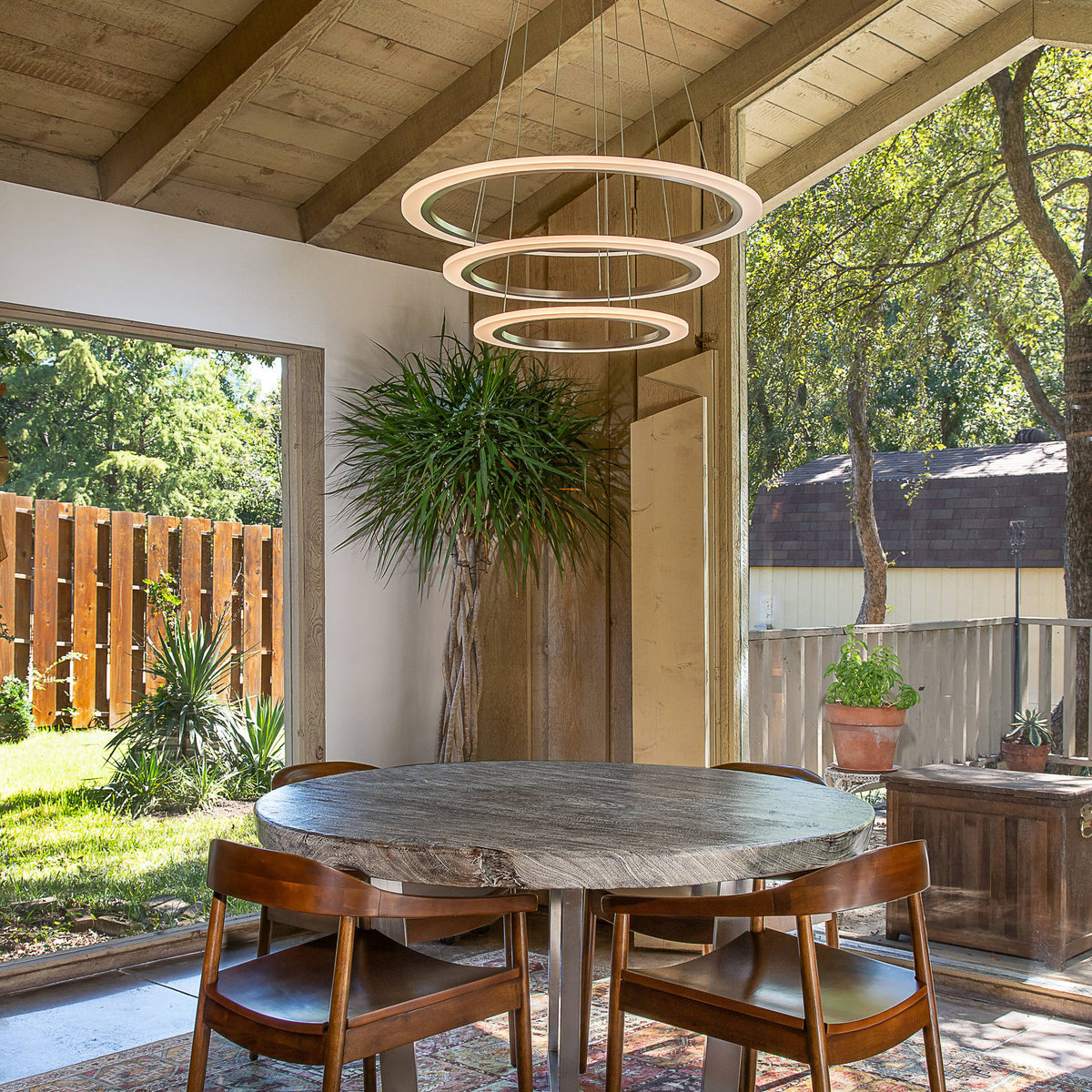


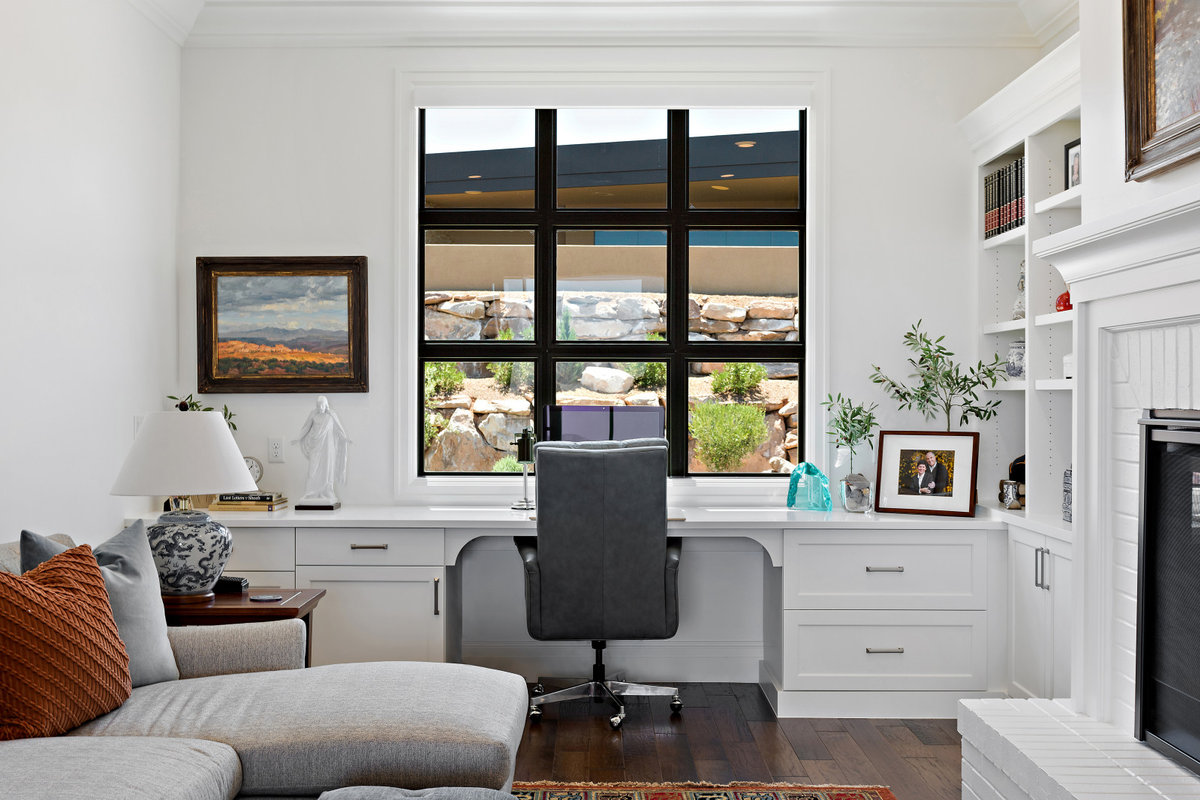
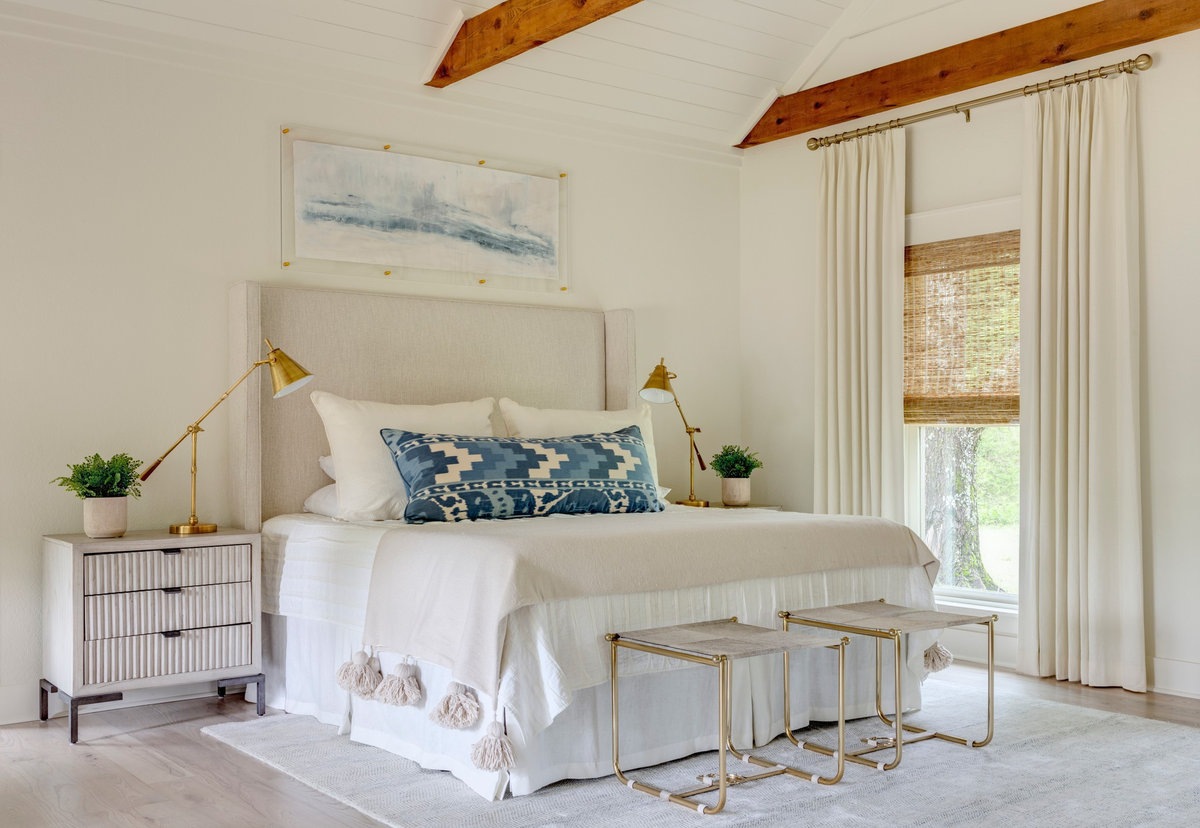
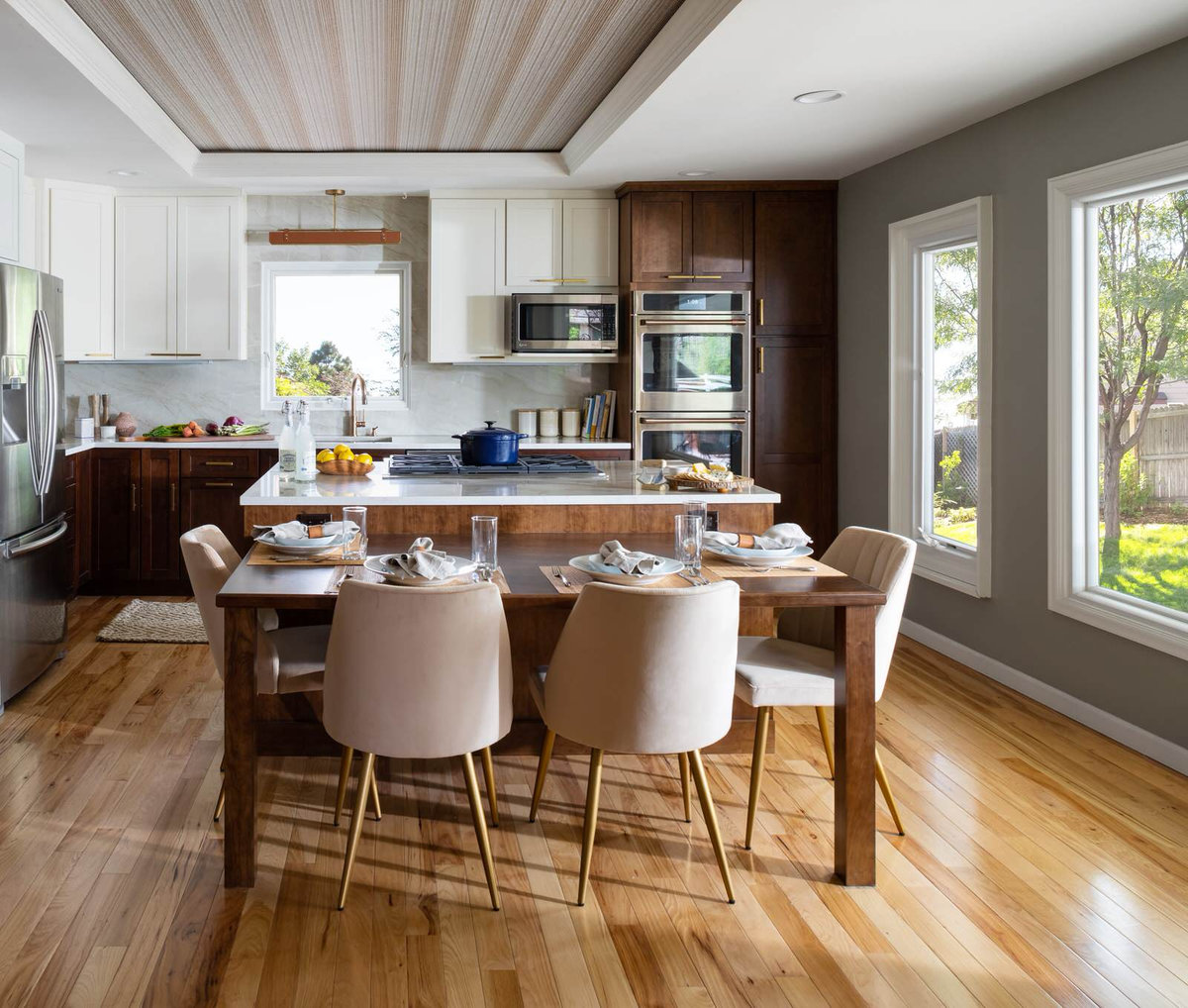
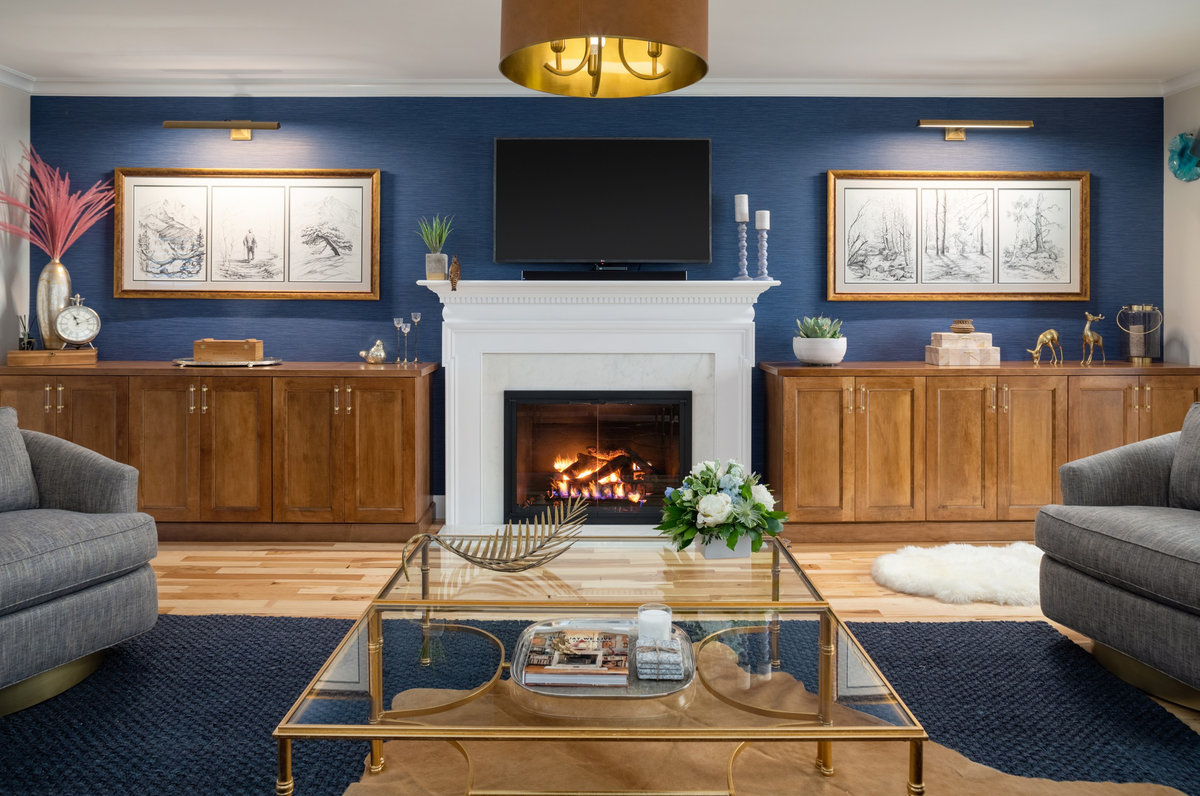
Join the conversation by commenting or asking a question below. The Houzz team reads every single comment, and we’ll get back to you by email if you need us!